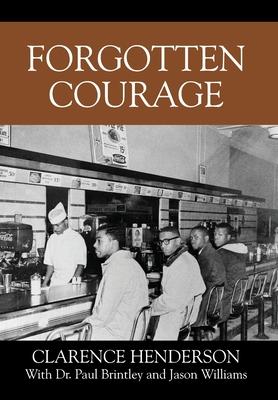In the summer of 1955, a surge of anti-black violence included the kidnapping and brutal murder of fourteen-year-old Emmett Till. This crime provoked widespread and assertive protests from black and white Americans. By December 1955, the Montgomery, Alabama, bus boycott led by Martin Luther King, Jr. began a protracted campaign of nonviolent civil disobedience to protest segregation that attracted national and international attention.
In 1956, a group of Southern senators and congressmen signed the "Southern Manifesto," vowing resistance to racial integration by all "lawful means." Opposition heightened in 1957-1958 during the crisis over integration at Little Rock's Central High School. At the same time, the Leadership Conference on Civil Rights led to a successful drive for passage of the Civil Rights Act of 1957 and continued to press for even stronger legislation. NAACP Youth Council chapters staged sit-ins at whites-only lunch counters, sparking a movement against segregation in public accommodations throughout the South in 1960.
In this book, you get to sit with Clarence Henderson at the Woolworth food counter, where only white people had the privilege to have a meal.
Nonviolent direct action increased during the presidency of John F. Kennedy, beginning with the 1961 Freedom Rides.
Hundreds of demonstrations erupted in cities and towns across the nation.
Dr. Paul Brintley, D.Min.
